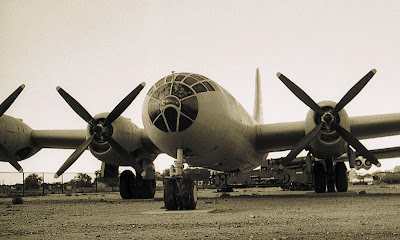If you tell someone in the course of a conversation that you are a photographer, there are a couple of questions that are likely to follow. The most common is probably "What do you like to take pictures of?". Not very good English, perhaps, but that is usually the way it is phrased.
My answer to that question is usually "Anything at all"; sometimes I also specify that I never make family snapshots. Those responses are clearly never satisfying for the questioner, but I'll guess they would be preferred to what I am really thinking about as a response, which is something like giving the person a wake-up kick to the shins.
Another question I have faced -- of a more philosophical nature -- is "What makes a good photo?".
That question is asking for guidance as to how one might judge a photograph to be "good" or "bad". My response to that is usually something like a shrug of a shoulder. I know that people are just mostly trying to make polite conversation around the topic. Still, it is tempting to point out that the question of whether photography is an art has long been settled, and there are whole libraries devoted to what constitutes good art.
I suppose I should come up with some standard answers to these questions that are a little less bellicose and a little more representative of my actual feelings about the issues. I have actually advocated more than a few times for the idea that critical thinking and communication about art is a skill that can be learned. In that regard, I always cite the fine little book by Terry Barrett,
Criticizing Photographs.
Speaking as a photographer rather than as a critic, however, I do not think it is really incumbent on me to provide explanations. My role, as I see it, is to offer up the images. The creation of those images is not, for the most part, the result of an analytic process. Rather, the images flow out of a lifetime of visual engagement and expression.
A goal I set for my photographic efforts about ten years ago was to make the best pictures possible with each of the old cameras in my collection. Many of the pictures that appear in my blog postings are illustrations of technical issues. The pictures that I feel somehow transcend technical competence are posted to to the Flickr photo-sharing site. So, people who might want to know what subjects interest me or what I think constitutes a good photograph are best advised to visit my photo stream at Flickr.


































